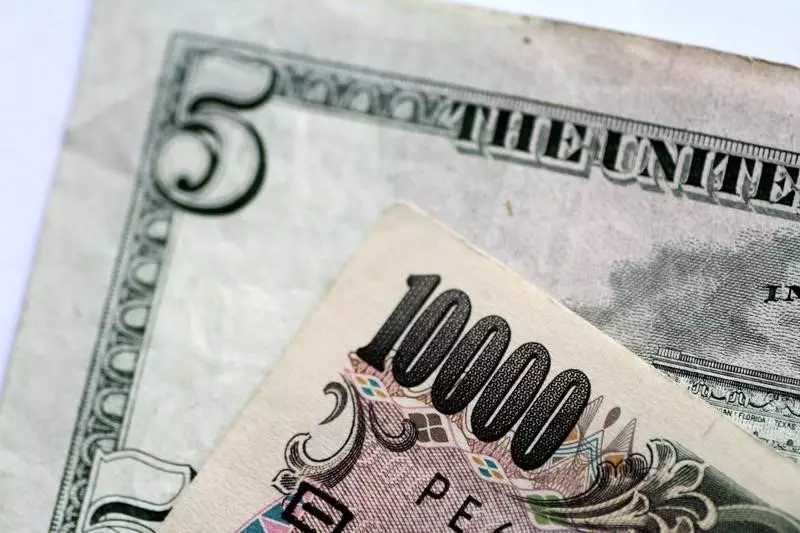The recent weakening of most Asian currencies can be attributed to the recovering dollar and the uncertainty surrounding interest rates. Despite expectations of a possible interest rate cut by the Federal Reserve in September, regional currencies have shown little support. This lack of enthusiasm for risk-driven assets indicates a cautious approach among traders, who are waiting for more cues from the Fed and the U.S. labor market.
One notable trend is the continued depreciation of the Japanese yen, with the USDJPY pair reaching levels last seen 38 years ago. The yen’s weakness has fueled speculation about potential government intervention in currency markets. While Japanese ministers have expressed vigilance over currency movements, the USDJPY pair remains comfortably above the threshold that triggered intervention in May. The anticipation of low market volumes during the July 4th holiday has also led to speculation that intervention may be imminent.
The dollar index and US Dollar Index Futures have stabilized in Asian trade, following a rebound from recent losses. Market participants are eagerly awaiting further insights on the Fed’s stance on interest rates. Fed Chair Jerome Powell’s upcoming speech and the release of the minutes from the June meeting are expected to provide clarity on the central bank’s policy direction. Additionally, the nonfarm payrolls data for June will be closely watched for signals on the labor market, a crucial factor in the Fed’s decision-making process.
The Australian dollar experienced a 0.4% decline following the release of the minutes from the Reserve Bank of Australia’s recent meeting. While policymakers considered a rate hike due to persistent inflation, they ultimately opted to maintain interest rates at current levels. This decision has left analysts divided on the likelihood of a rate hike in August, with some suggesting that further signs of inflation could prompt a policy adjustment.
In contrast to the Japanese yen and Australian dollar, broader Asian currencies have exhibited muted movements. The Chinese yuan remained at seven-month highs, the Singapore dollar saw a slight increase, and the South Korean won rose by 0.5% on lower-than-expected inflation figures. The Indian rupee fluctuated around record highs against the dollar, reflecting ongoing volatility in the currency markets.
The interplay between global economic factors and central bank policies continues to shape the dynamics of Asian currencies. The market remains sensitive to developments related to interest rates, inflation, and overall economic performance. Traders and investors will closely monitor upcoming events and data releases for further insights into the future direction of exchange rates in the region.

